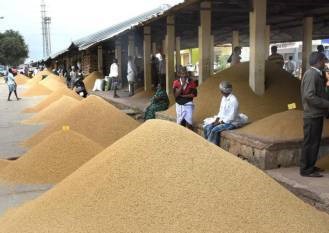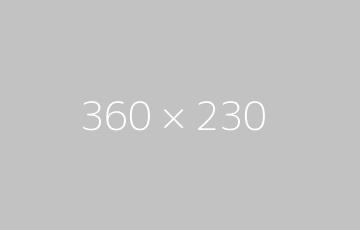India’s High Import Tariffs Driven by Agricultural Protectionism
Why in the news?
India’s average import tariff (17%) is the highest among BRICS nations and five times that of the U.S. (3.3%), mainly due to high agricultural tariffs. The U.S. is pushing for tariff reductions, impacting trade negotiations.
India’s Import Tariff Structure
- India’s average import tariff in 2023 was 17%, significantly higher than the S. (3.3%) and the highest among BRICS nations.
- Among BRICS countries, Brazil had the lowest tariff (1%), while South Africa and China levied over 7%. Russia’s tariff stood at 6%, and the EU maintained a 5% average duty.
- Despite the difference in average tariff rates, India and the U.S. have a comparable number of tariffed products.
Agricultural Tariffs and Economic Rationale
- India’s high average tariff is primarily due to elevated duties on agricultural products aimed at protecting domestic farmers and food security.
- Non-agricultural goods in India faced tariffs below 15% between 2018-2023, while agricultural tariffs remained above 38%, except in 2020.
- Low investment (6% of total investment) in agriculture has led to inefficiencies, making tariff reductions difficult.
- The S. heavily subsidizes its agricultural sector, making it challenging for India to compete without protective tariffs.
Impact of Trade Policies and U.S. Concerns
- India has reduced tariffs on select products, such as lowering duties on bourbon whiskey from 150% to 100% amid U.S. pressure.
- The S. is pushing for “reciprocal tariffs”, potentially forcing India to reconsider its agricultural trade policies.
- India’s trade surplus with the U.S. has grown, with exports exceeding $53 billion in FY25, accounting for 18% of total exports, up from 15% a decade ago.





